Manhattan Symphony
-
Ships in 4 to 6 weeks
Details
Description
SKU: ML.010949090
Composed by Serge Lancen. Catalogue New Band Music Vol. 9/The Best Original Compositions for Concert Band/City. Molenaar Original Compositions. Recorded on Masterpieces by Serge Lancen (ML.311084720). Full set. Duration 18 minutes, 13 seconds. Molenaar Edition #010949090. Published by Molenaar Edition (ML.010949090).This symphony was composed in 1961-1962 and was orchestrated by Desire Dondeyne exactly like the "Marche de Concert" written some time before. It was published in 1964, but was already on the repertoire of the Paris Metropolitan Police Band which premiered the piece at Argentan on 29 April 1962. In July 1964 the Manhattan Symphony was chosen as test piece for the highest division at the World Music Contest in Kerkrade, The Netherlands and some time later it was recorded by the Royal Symphonic Band of Thorn conducted by E.W.J. Jacobs. In the meantime, numerous wind bands in France, The Netherlands, Japan and other countries have recorded this symphony as well. Serge Lancen included the following text: 1. Arrival at Manhattan: The transatlantic steamer which brings the composer to the United States slowly enters the port of New York. Suddenly the outlines of the world city emerge from the morning mist. 2. Central Park: a Sunday walk in the huge park situated in the center of the town. There is a light-hearted atmosphere, kids are playing around, and the sun shines brightly and casts its rays over the scene. 3. Harlem: Here we are in Harlem. The trumpet plays a recitative lament in a typical jazz style and is soon joined by several other instruments playing the same tune. 4. Broadway: The musical and entertainment avenue. Down here, everything breathes the joy of life. 5. Rockefeller Building: the preceding part concluded with a call in triplets by the oboe and the flute; the composer discovers the outline of the highest building in the world. The initial lyrical theme gradually develops into an admiring apotheosis. The musical movement starts in the low clarinet register and gradually progresses towards the upper register by means of a crescendo culminating in a salute to the New World as a token of gratitude for all these travel impressions.
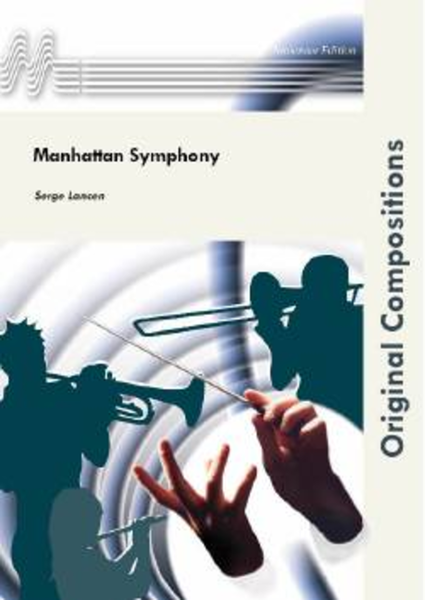
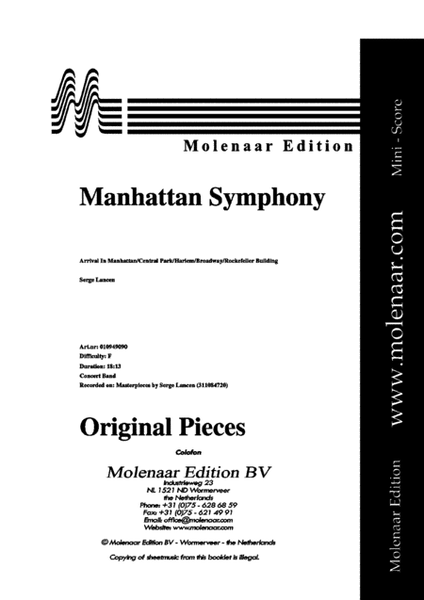
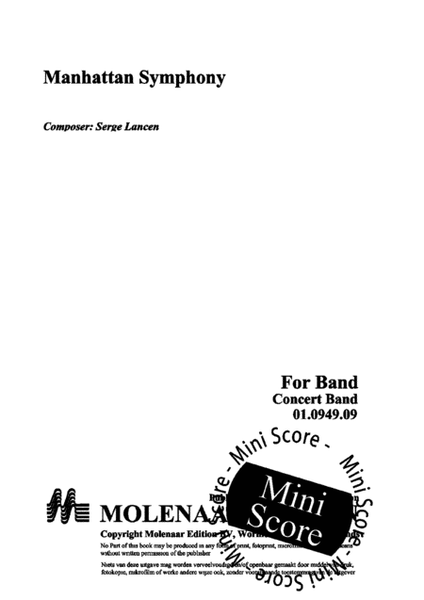
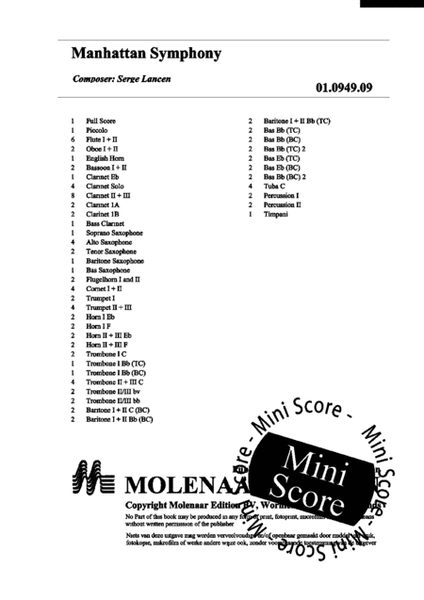
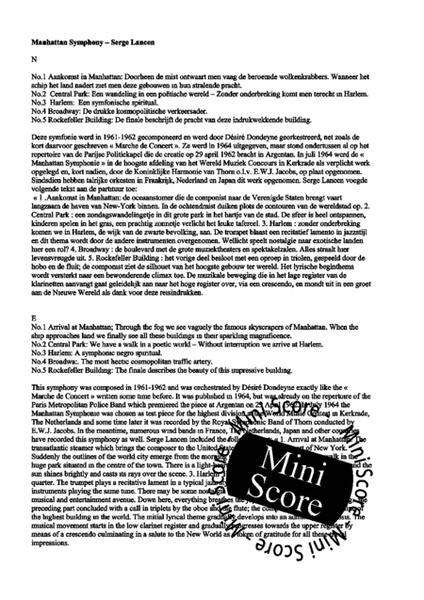
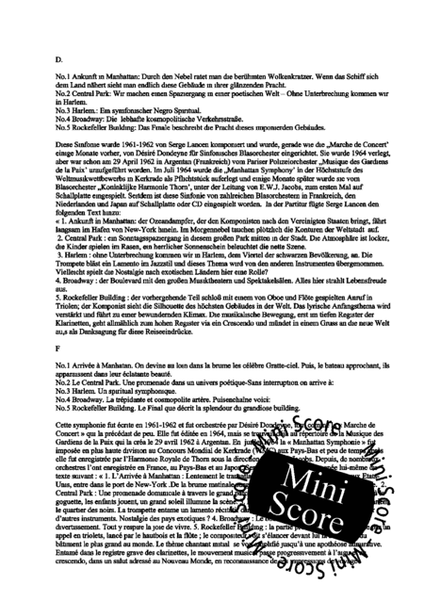
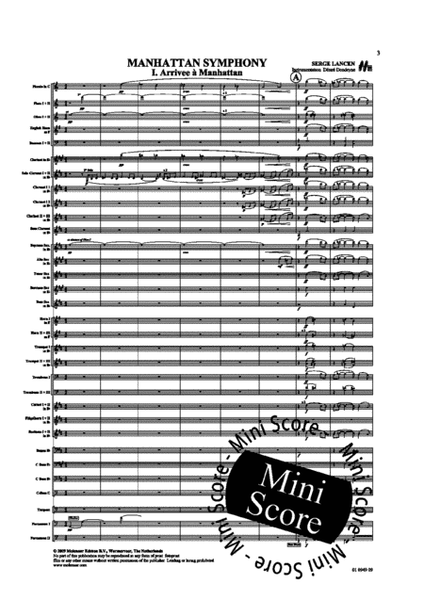
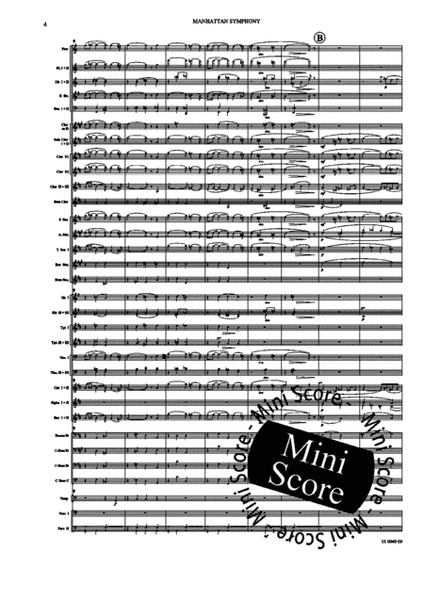
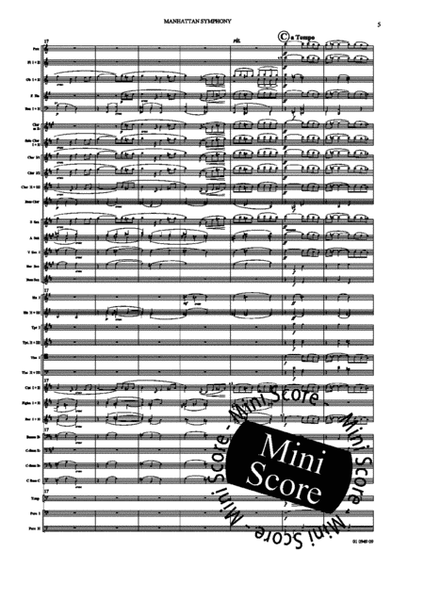
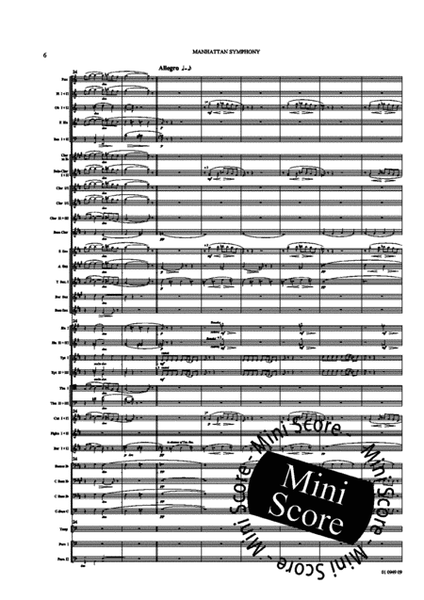
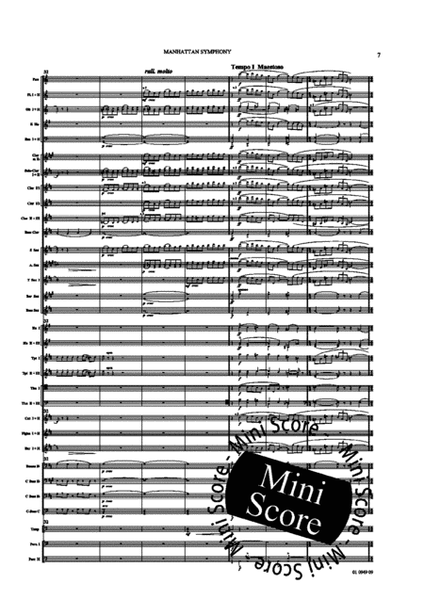
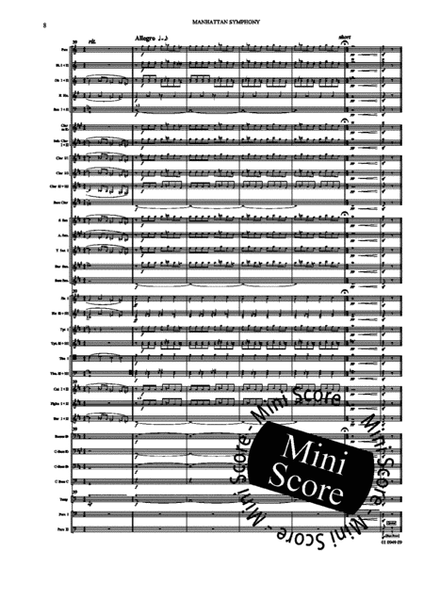
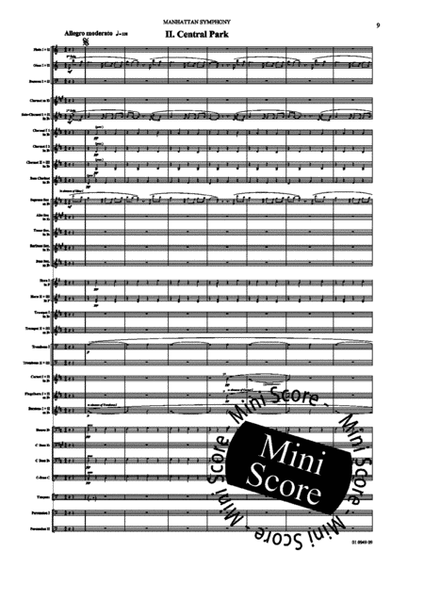
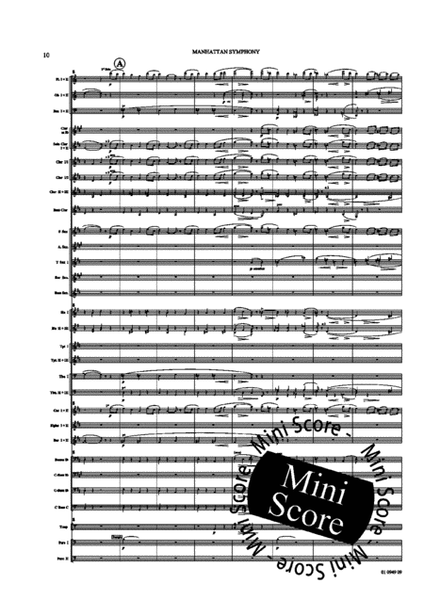
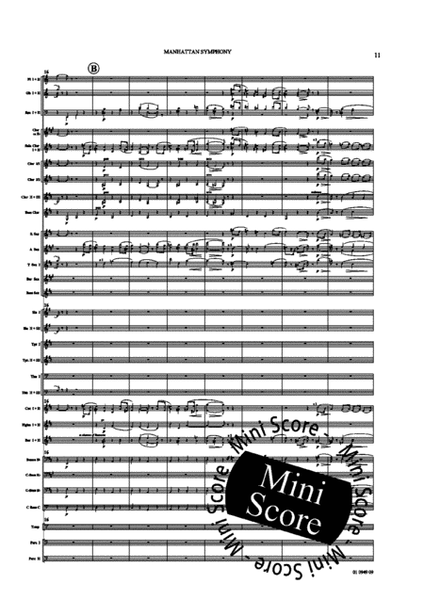
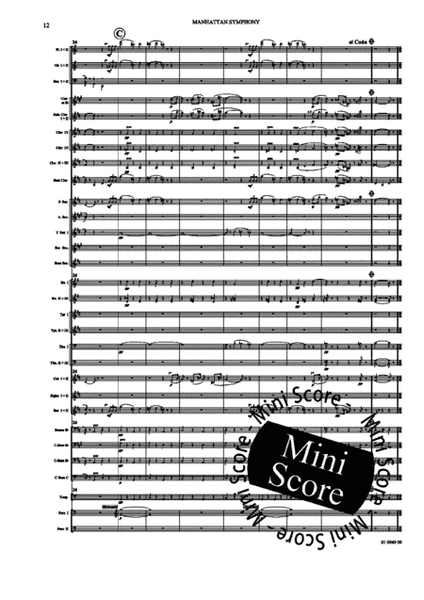
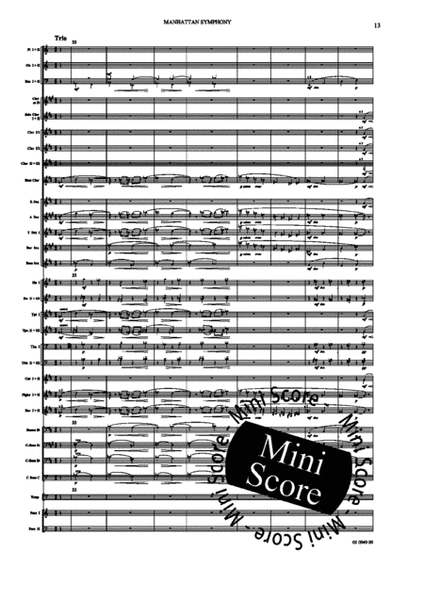
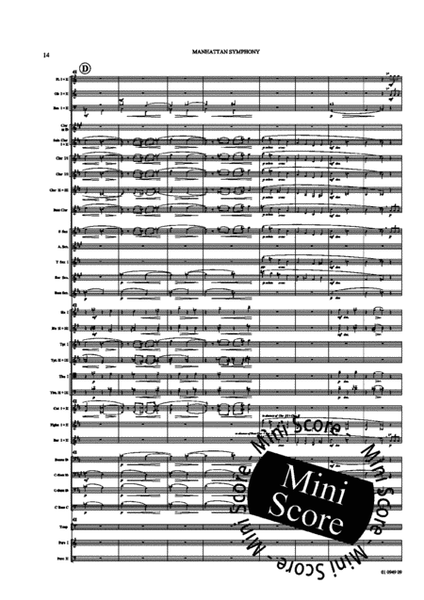
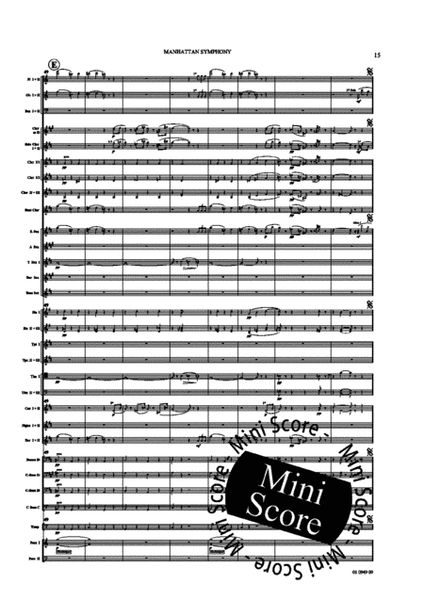
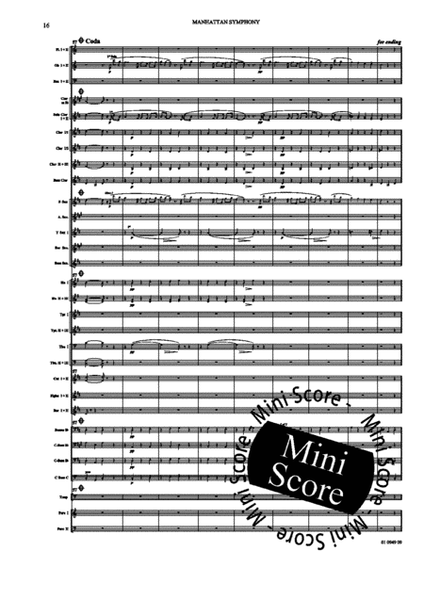
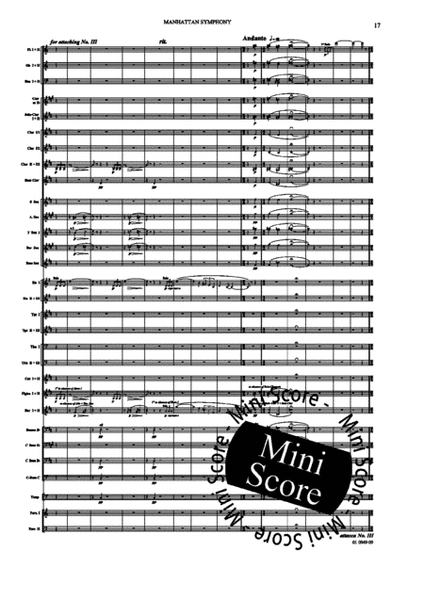
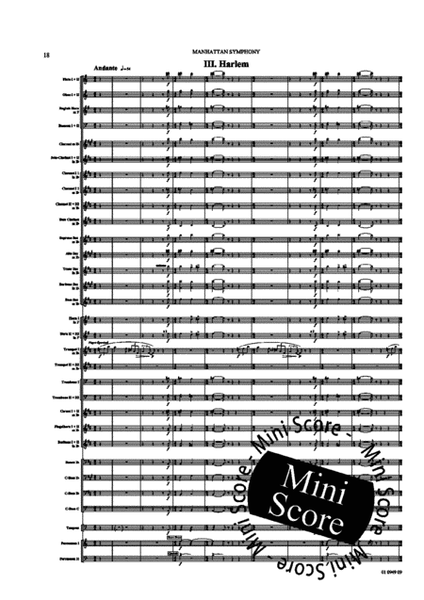
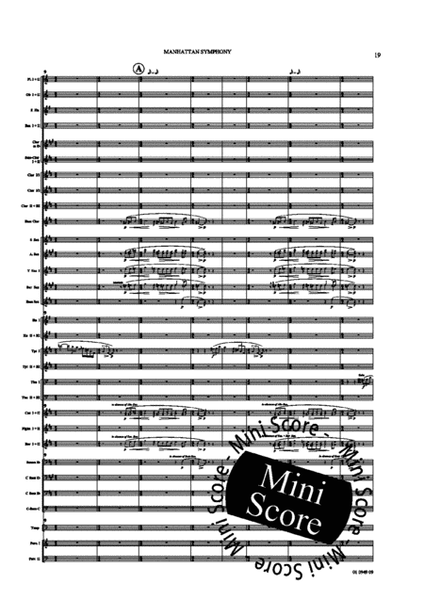
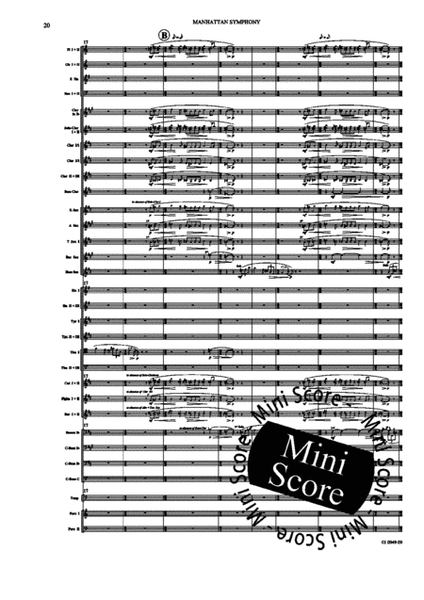
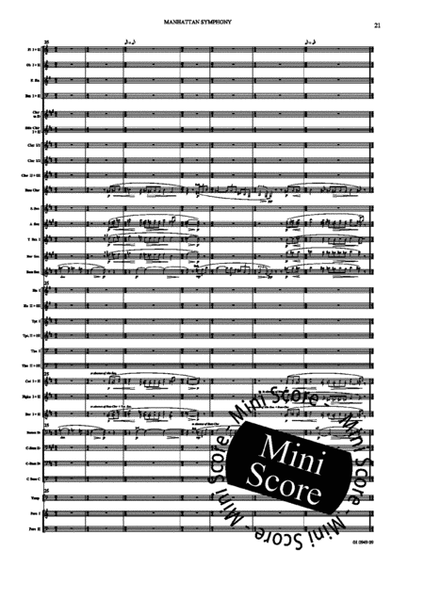
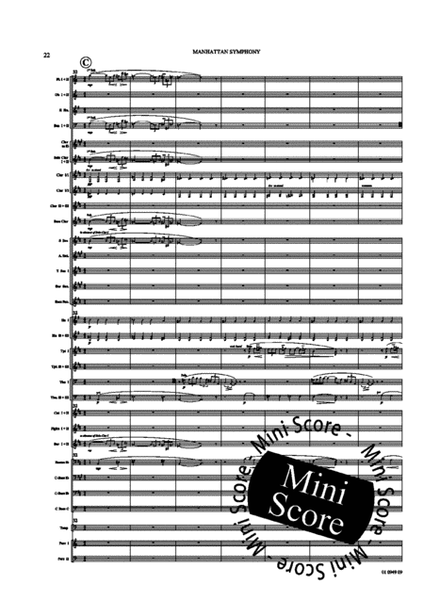
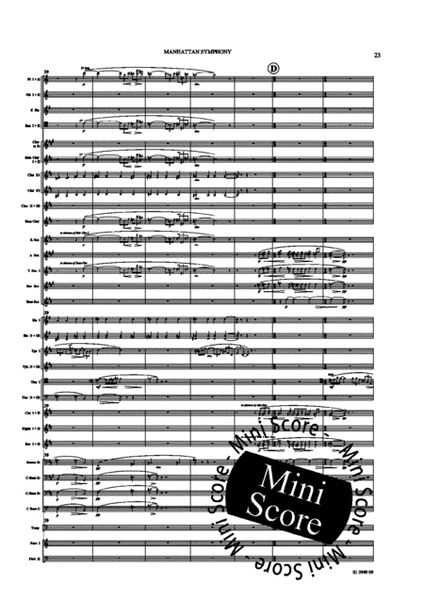
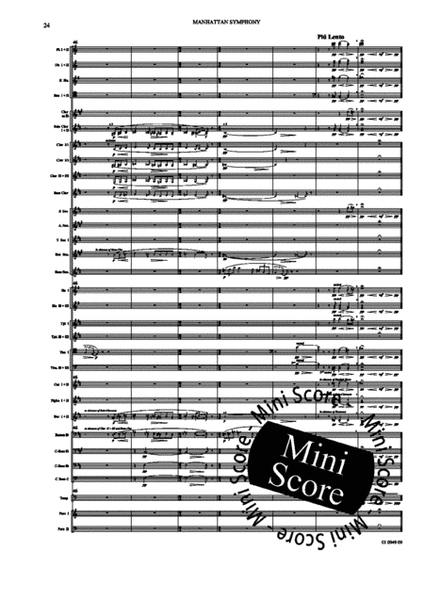
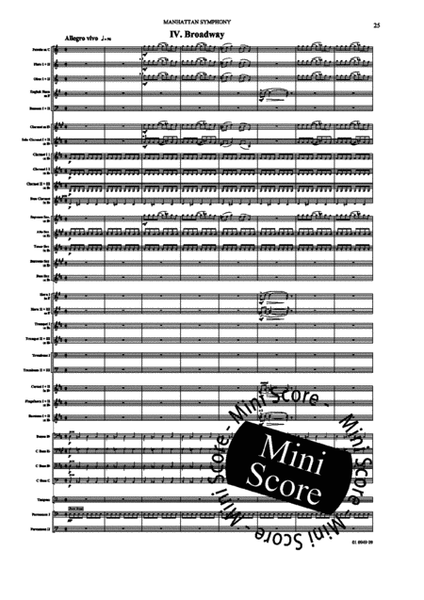
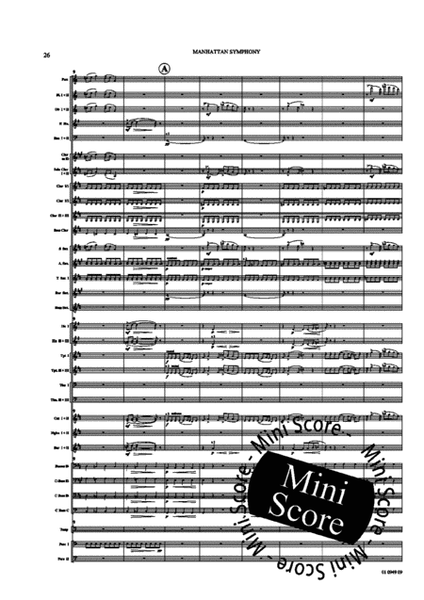
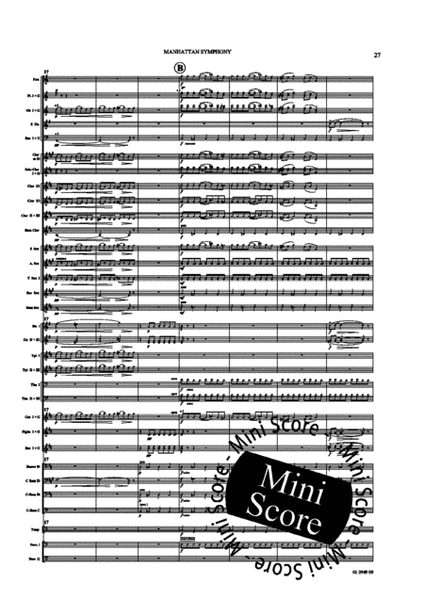
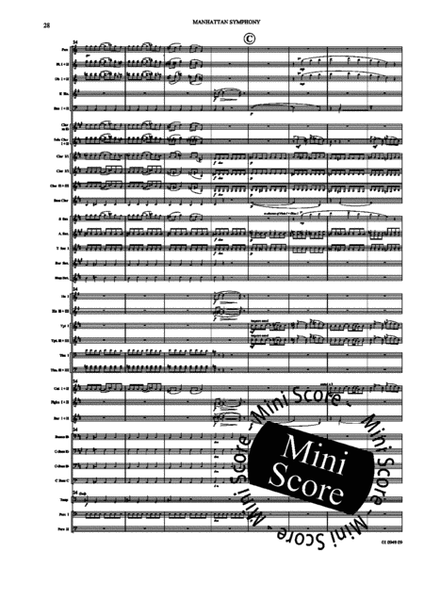
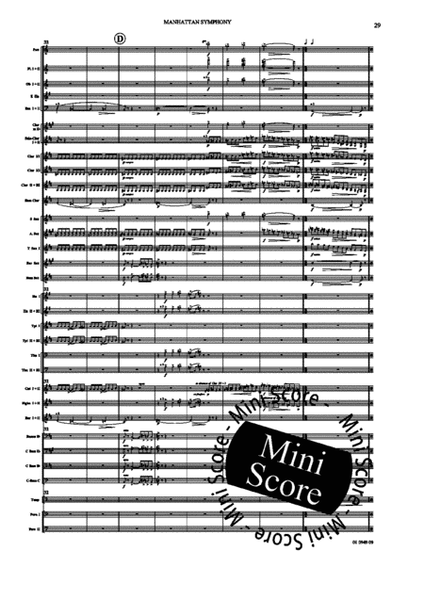
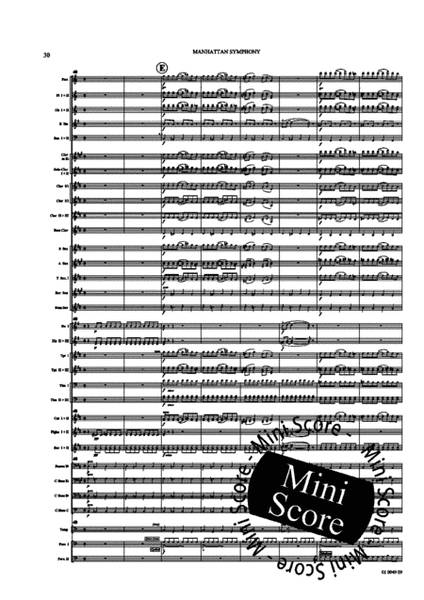
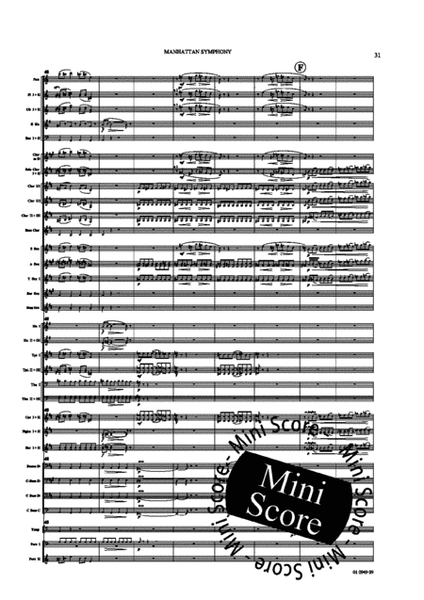
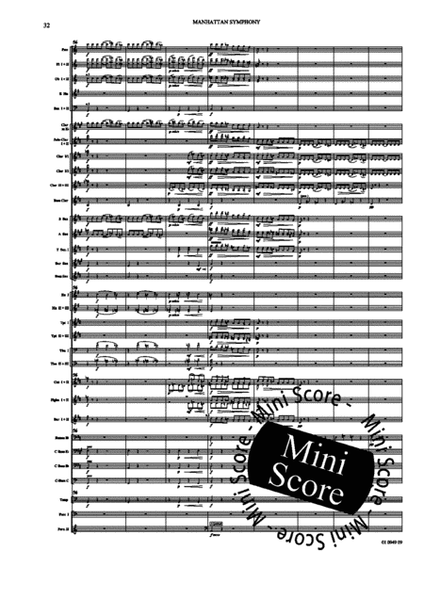
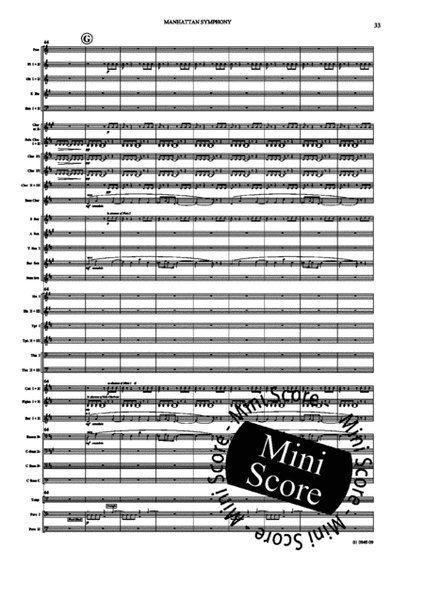
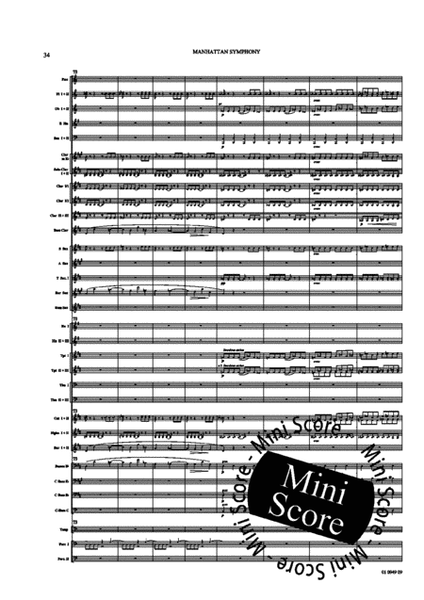
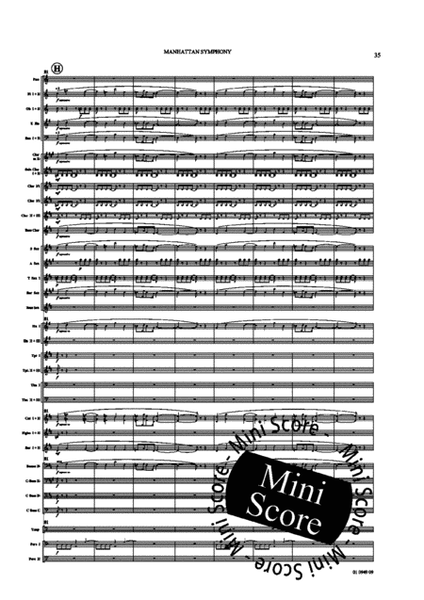
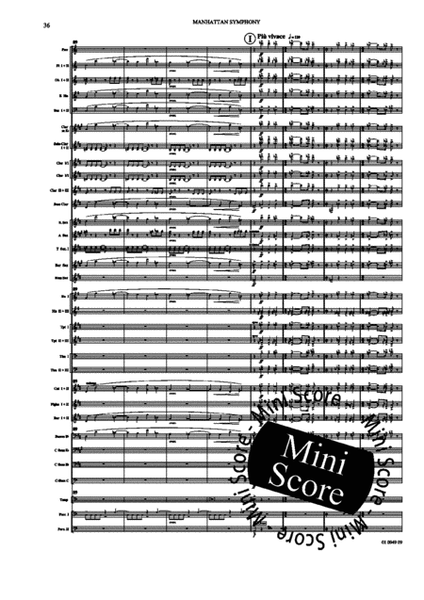
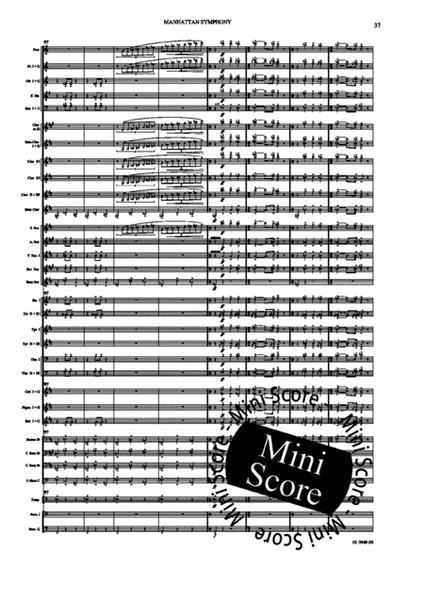
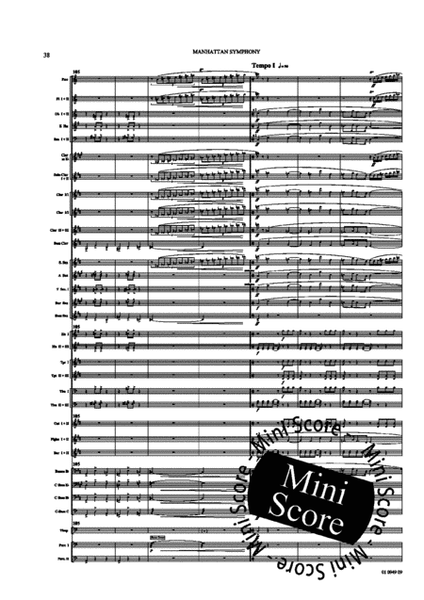
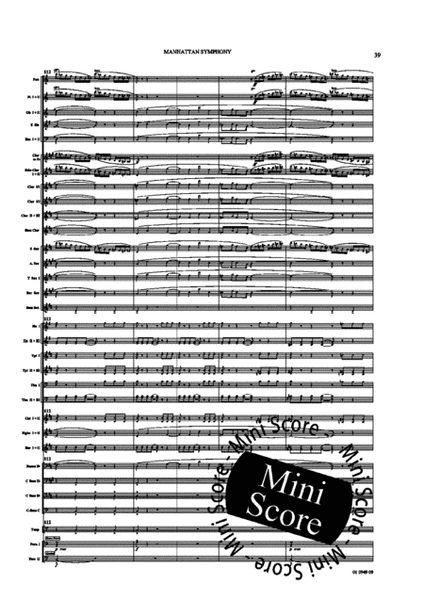
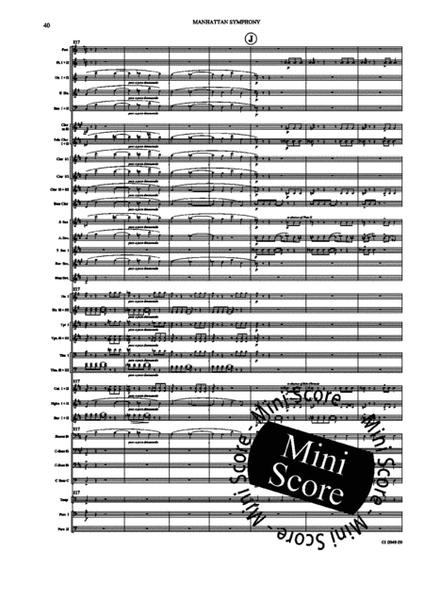
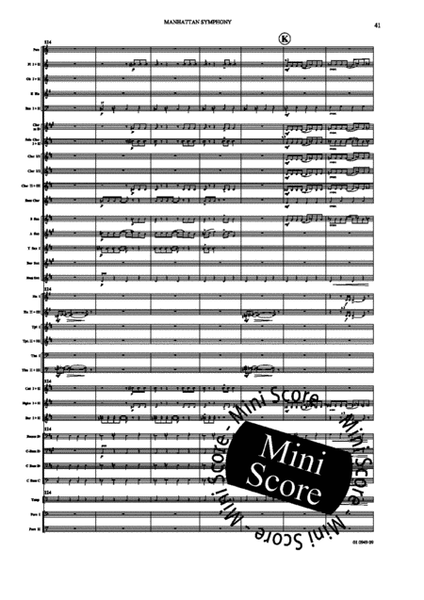
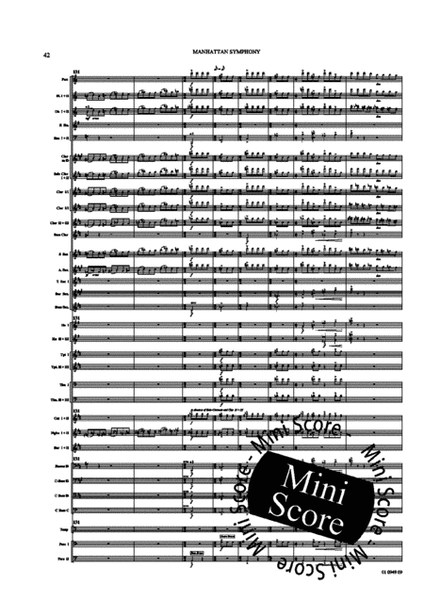
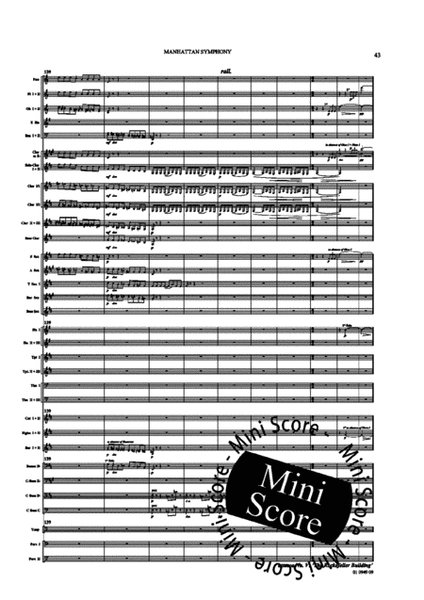
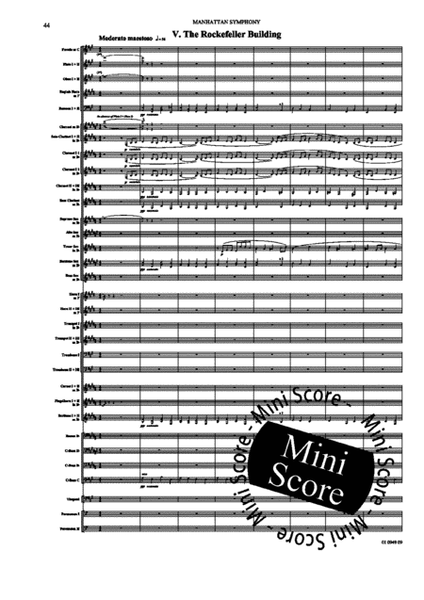
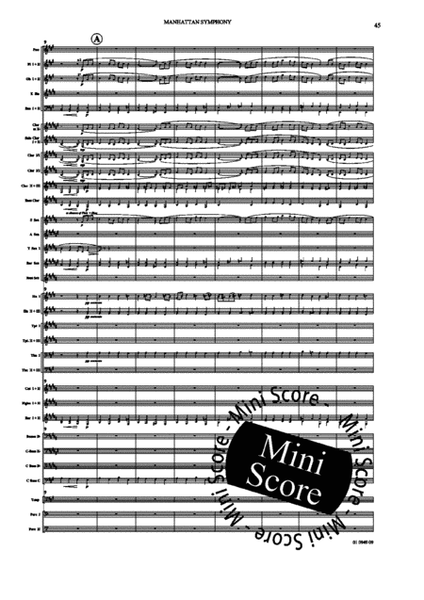
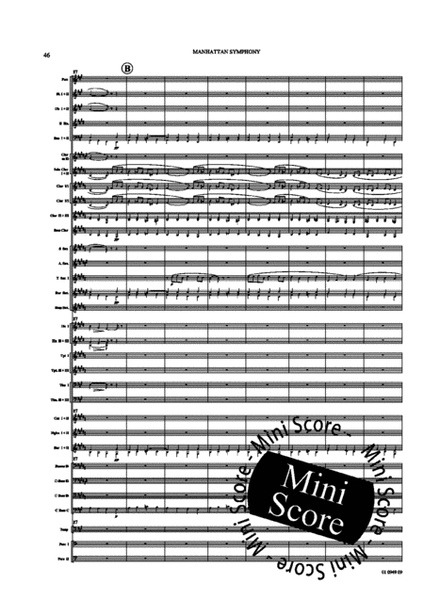
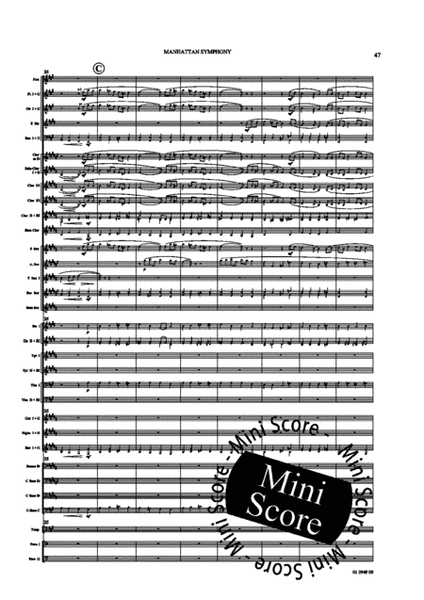
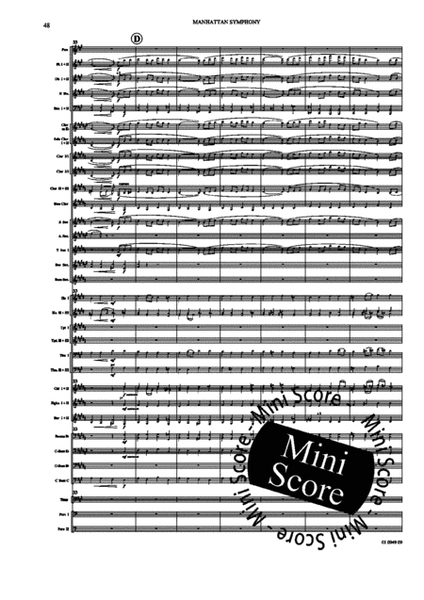
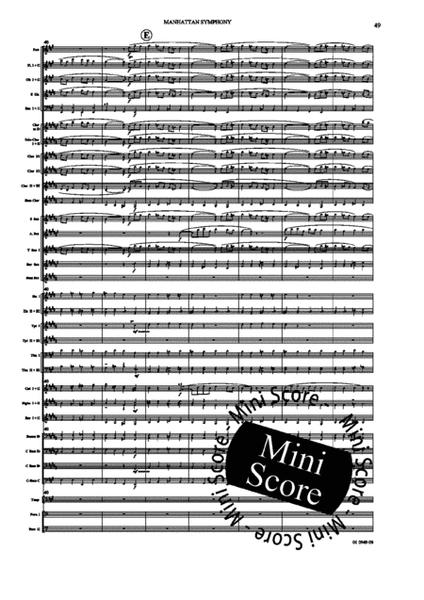
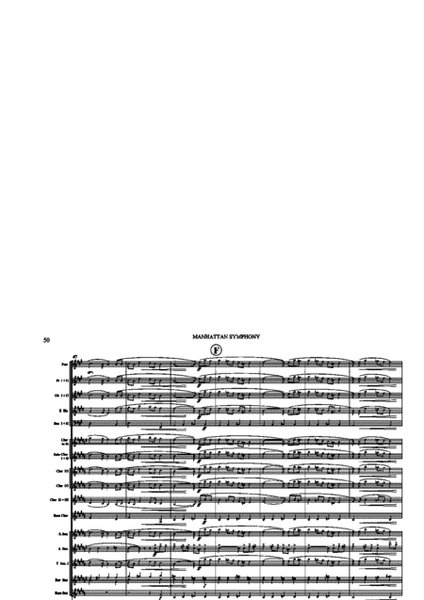
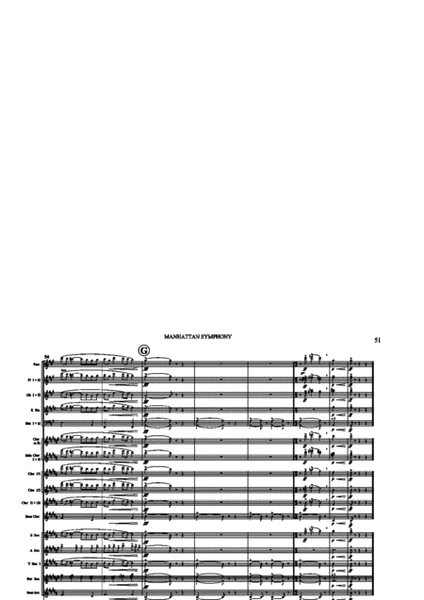
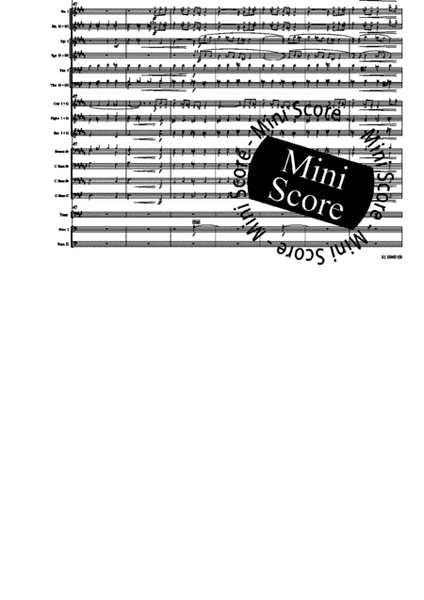
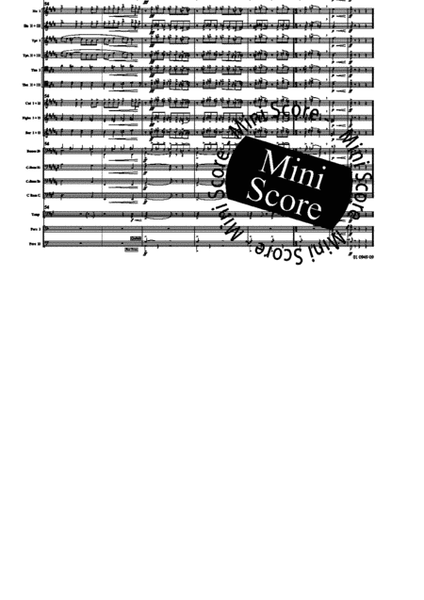
 Share
Share